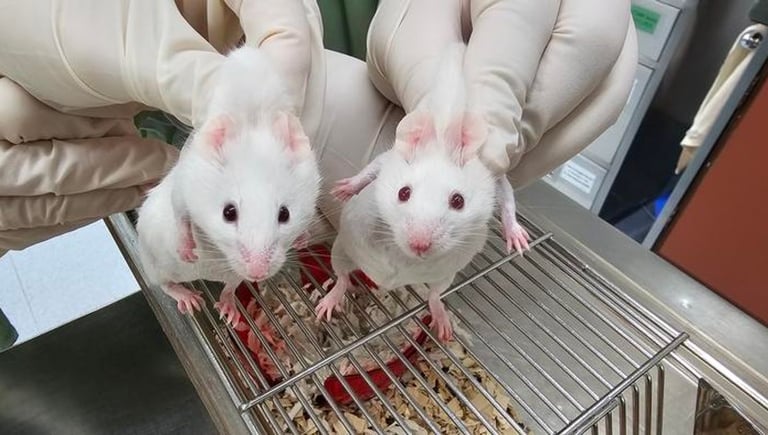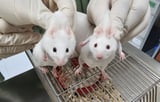Scientists Unlock Ancient Genes to Reprogram Cells, Revolutionizing Stem Cell Research
November 19, 2024
In a groundbreaking study, scientists have successfully reprogrammed mouse cells into pluripotent stem cells by utilizing a gene derived from choanoflagellates, which are single-celled organisms closely related to animals.
This research challenges existing notions about the genetic origins of stem cells, suggesting that crucial genes like Sox and POU may have evolved earlier than previously believed, potentially aiding the emergence of multicellular life.
Choanoflagellates contain versions of the Sox and POU genes, which are essential for driving pluripotency in mammalian stem cells, indicating that these genes predate the evolution of animals.
Led by Dr. Alex de Mendoza from Queen Mary University of London, the research team, which includes experts from The University of Hong Kong, demonstrated the capability of choanoflagellate genes to create stem cells that can contribute to life.
The findings, published in Nature Communications, highlight the continuity of gene function over nearly a billion years of evolution, as emphasized by Dr. de Mendoza.
These findings have profound implications for evolutionary biology and regenerative medicine, offering insights into optimizing stem cell therapies and reprogramming techniques.
Dr. Ralf Jauch noted that exploring these ancient genetic tools could lead to innovations in enhancing pluripotency mechanisms, potentially using synthetic versions of these genes for improved performance.
When injected into a developing mouse embryo, the reprogrammed cells formed a chimeric mouse, exhibiting traits from both the donor embryo and the induced stem cells, thereby confirming the ancient genes' roles in development.
The study suggests that early versions of Sox and POU proteins were utilized by unicellular ancestors for essential cellular functions, which were later adapted by multicellular organisms for more complex developmental processes.
This research builds on the foundational work of Shinya Yamanaka, who in 2012 demonstrated that differentiated cells could be reprogrammed into stem cells using specific factors, including Sox2 and Oct4.
Overall, the research emphasizes the evolutionary potential of genetic tools, illustrating how ancient mechanisms could inform modern advances in cellular specialization and tissue repair.
Dr. de Mendoza highlighted the remarkable continuity of gene function across evolutionary history, underscoring the significance of these findings in understanding the genetic basis of stem cell biology.
Summary based on 5 sources
Get a daily email with more Science stories
Sources

ScienceDaily • Nov 18, 2024
Scientists recreate mouse from gene older than animal life
IFLScience • Nov 19, 2024
“Extraordinary” Mouse Created Using Gene That’s Older Than Animal Life Itself
SciTechDaily • Nov 20, 2024
Scientists Create “Extraordinary” Mouse Using Gene Older Than Animal Life Itself